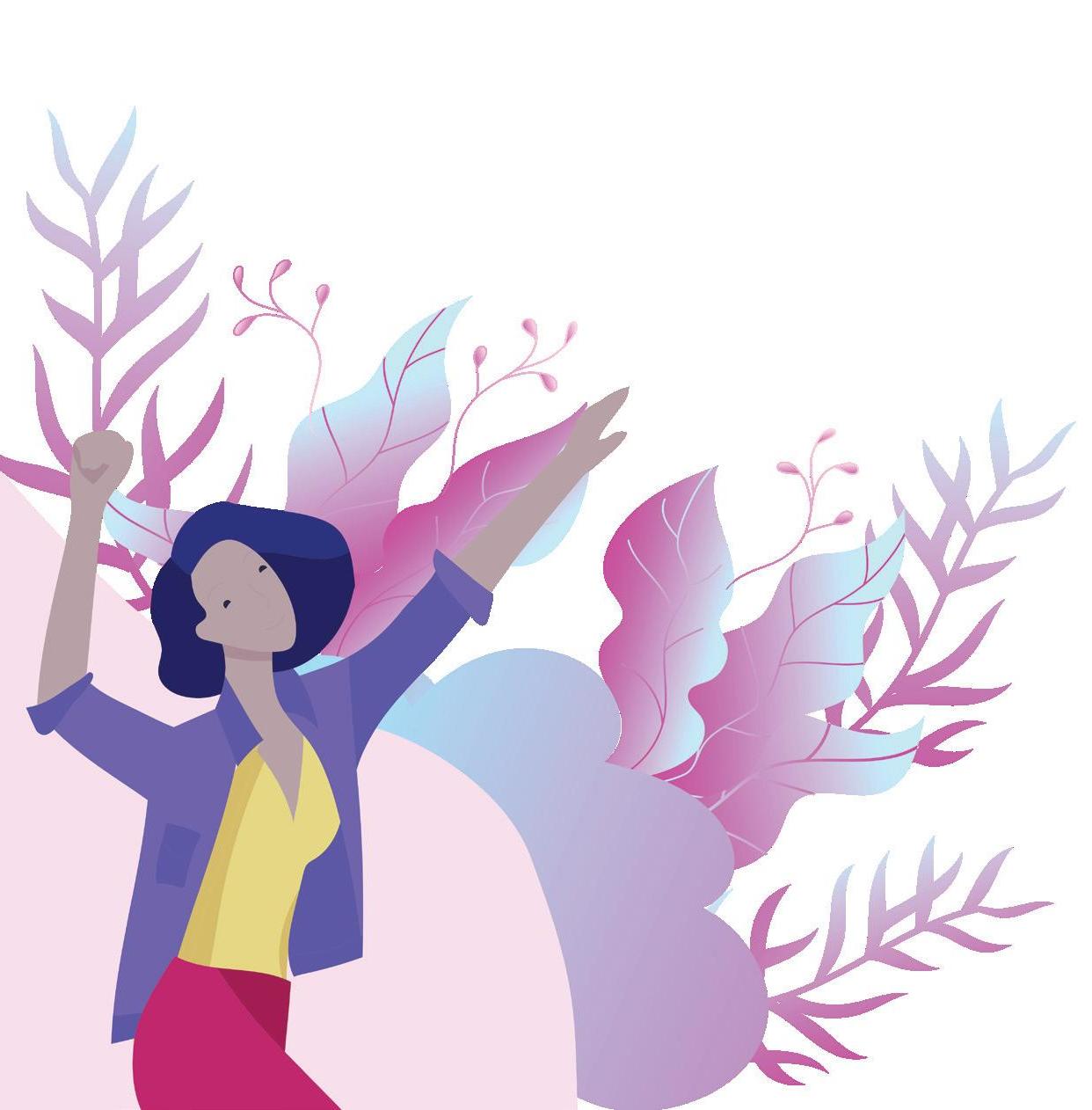
4 minute read
The Future of Students Teaching Students
by Brooke Ezzo | photo courtesy of Raashi Mohan
Founded in September 2019 by a group of Flower Mound High School Robotics Club members, STEMpump has quickly become the online peer-to-peer teaching platform of the future. It’s a student-led initiative that teaches students the latest Mohan said. “The large variety of our student base has come from the online platform and also our STEMpump app.” STEM technologies for free. The app allows students to have free Originally, STEMpump was designed as a to keep STEMpump available. Going Game Design, Creation, Robotics, resource for new and incoming members online allowed the students to continue Programming, and much more. Through of the Robotics Club; a way to help them supporting other students through a exposure to different technologies, level the playing field with older teams or variety of live students learn members who have been in the club for stream lessons. “The idea is to create about the a longer amount of time. The in-person These lessons are different fields camps became so popular that the streamed on a this global platform so of STEM and founders opened them up to all students at Flower Mound High School and other popular platform called Twitch, and all students can contribute what they are interested in. schools spanning six districts. Once schools shut down this past spring due to the coronavirus, creator and course materials are created by students for students. The group believes every student should always have access to the same resources any way they’d like.” directors Ritesh Kanchi, Raashi Mohan, “Today, our platform has a global and opportunities. and Akshay Jaitly quickly adapted their community of 37,000 students and a access to courses about Web Design, in-person camps to an online platform presence in over 110 countries,” Raashi Raashi and the other directors have big hopes for STEMpump and its future. They are currently in beta testing for their new feature, STEMpass, which allows a user to create their own account with personalized content and upgrade to creator, where they can create their own course material. They hope to roll this out at the end of this month.
Advertisement
“The idea is to create this global platform so students can contribute any way they’d like,” Raashi said. “By engaging in peerto-peer learning, we hope it leads to an increase range in classes due to student interests.”
With a global presence, the group can offer courses in multiple languages with influences from different cultures and different learning styles and abilities.
Raashi said the online platform and app are easy to use. If you have an interest in STEM based curriculum, STEMpump is for you.
“The majority of our user base are students in ninth to 12th grades but we do have middle school students, college students, and beyond,” Raashi said. “STEMpump is for everybody and anyone who is interested in learning a new STEM skill.”
Over the last decade we have seen a boom in technological advances, a shift in the marketplace, and a directional change in job opportunities. With many industries switching to online platforms, it is important that our nation’s youth are prepared to bring knowledge and skills that meet the demands of a dynamic and evolving workforce.
It is essential that educational institutions are also shifting their environments to help students’ preparedness for future careers and opportunities. Many districts in our area have adopted STEM programs and academies to cater to the skills students need to succeed in science, technology, engineering, and math.
Rather than teach the four disciplines as separate subjects, STEM integrates them into a cohesive learning model based on real-world applications. This blended learning environment teaches students computational thinking and problemsolving skills.
For example: students are given a problem to solve, “How do we keep others from getting sick?” They must first break down any misconceptions, beliefs, and doubts they might have. Then, they research pandemics, viruses, diseases, vaccinations, medicines, and prevention

and perform lab experiments and simulations. This requires students to work to together to diagnose, treat, and prevent future outbreaks.
They would need history — learning about sanitation, lack of medical knowledge, and the introduction of industry and chemicals. This discussion could lead to how cities and towns were designed and understanding what civil engineers take into consideration. Students might even interview engineers, historians, and scientists.
One question posed has now led students to use math and engineering, reading and research, science and technology, and other skills to solve one problem. No longer are we looking at learning subjects individually, but collectively.













